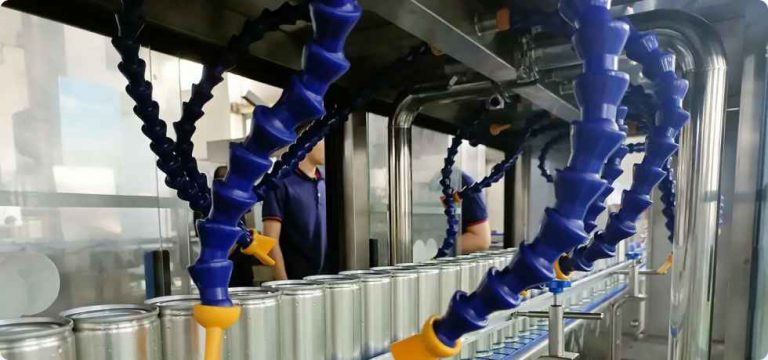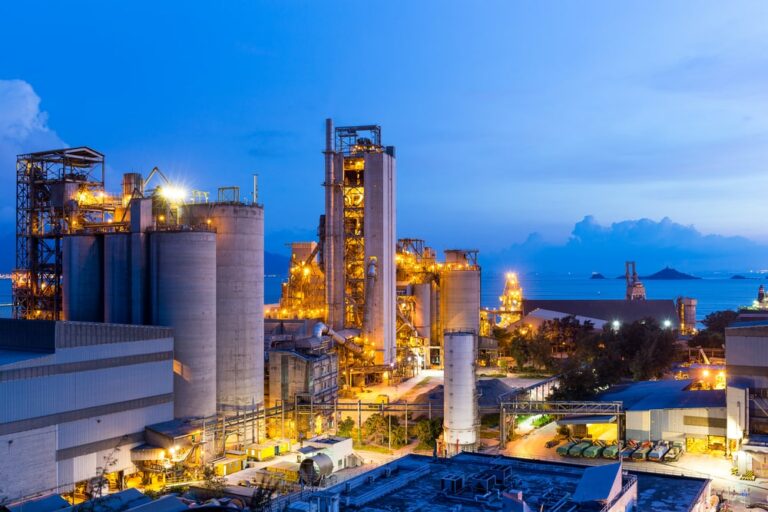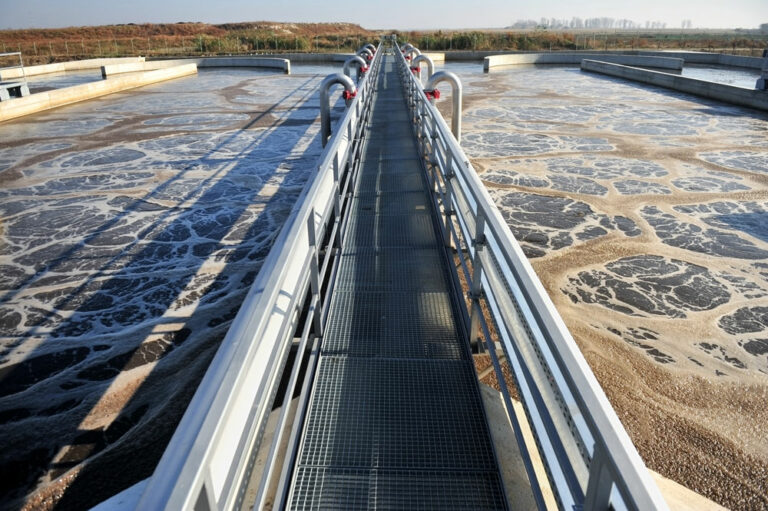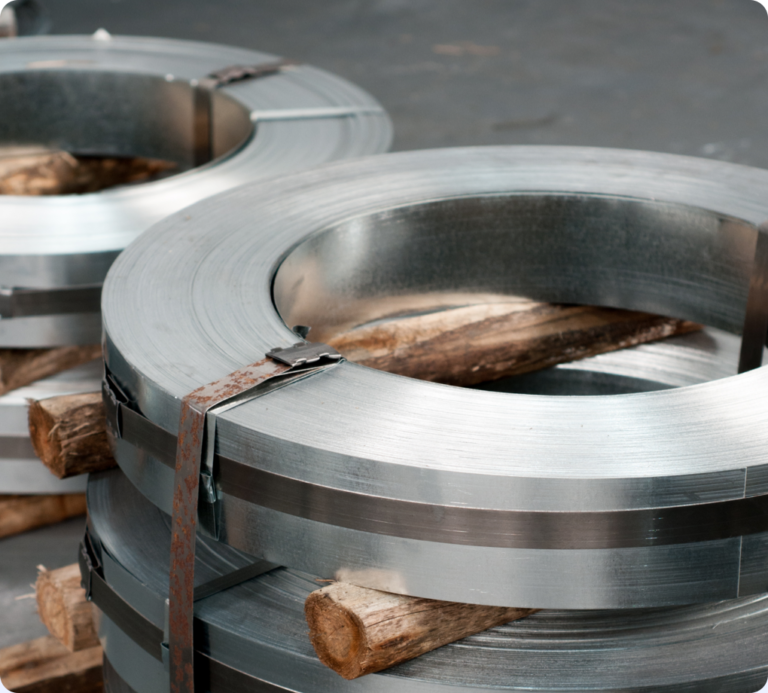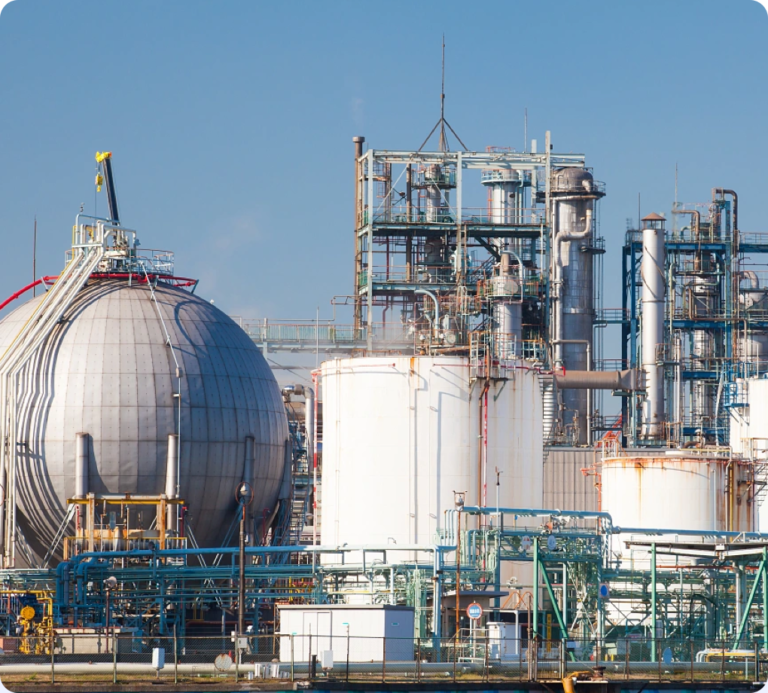RAETTS have realized the R&D and intellectual manufacturing of the whole industrial chain of blowers and compressors. Innovation has never stopped, technology is the king. After more than ten years of innovation and development, RAETTS has broken through the international technology monopoly and created a mature air bearing blower and maglev turbo blower dual production lines firstly in the industry, pioneered the portable and the miniature type air bearing blower.We have Won High Praise From Our Clients Who Came From Europe,America,Asia,Malaysia,Tuvalu,Saint Helena,Namibia,Solomon Islands,Mayotte,Pitcairn Islands,Aruba… etc.
RAETTS has passed ISO9001 quality management system certification, ISO14001 environmental management system certification, ISO45001 occupational health and safety management system certification, ISO10012 measurement management system certification, five-star after-sales service system certification, intellectual property management system certification and other authoritative certifications.
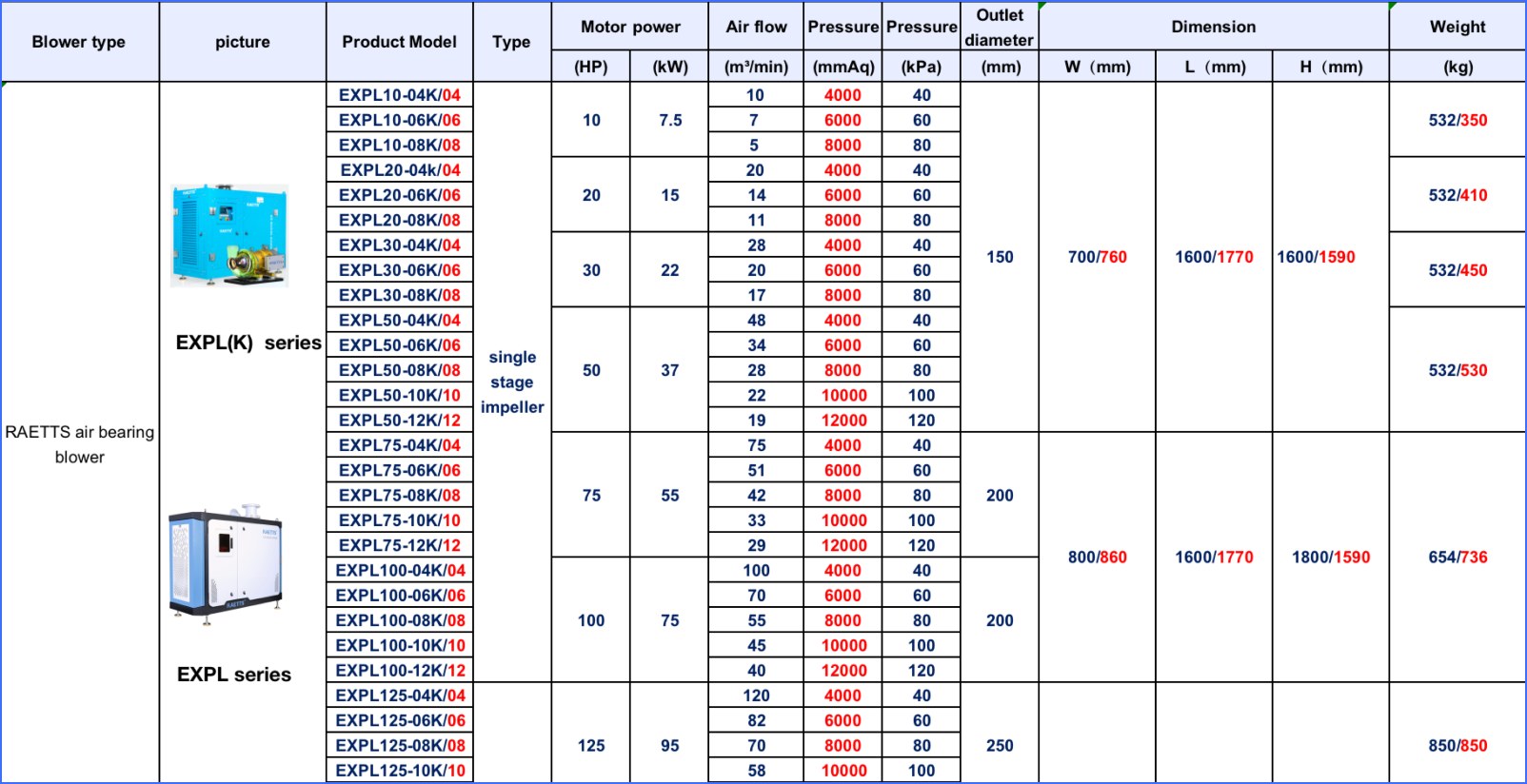
| Product name | blower for Oxygen Wastewater Treatment |
| Keyword | blower turbo precio,cement blower systems,turbo blowers,Turbo Blowers for Wastewater Treatment,wastewater blowers |
| Place of Origin | China |
| Feature | RAETTS air bearing turbo blower is a brand-new concept blower, which integrates the main core technologies such as “air suspension bearing”, “permanent magnet ultra-high-speed motor”, “high-precision aviation-grade impeller”, and creates a new era of ultra-high efficiency ,low noise and low energy consumption. |
| Dimensions | 720mm*737mm*843mm, (Contact us for specific information to confirm) |
| Applicable Industries | health products, etc. |
| Weight | 342kg |
| delivery date | the common delivery time will be 30-40 days. |
| terms of paymen | RAETTS accept payment by T/T(30% advance payment,70% before shipment) |
| Life span | 18 years (Contact us for specific information to confirm) |
| After-sale service | RAETTS warranty time for air bearing blower and maglev turbo blower is 24months,for high speed centrifugal blower is 12 months. |
| Advantage | We keep good quality and competitive price to ensure our customers benefit |
| Packing | 811x848x810mm(Contact us for specific information to confirm) |
| OEM/ODM | Customization Service Provided |
| Sales country | All over the world for example:Malaysia,Tuvalu,Saint Helena,Namibia,Solomon Islands,Mayotte,Pitcairn Islands,Aruba |
| MOQ | 6pcs(Contact us for specific information to confirm) |
| production capacity | production capacity RAETTS production quantity for air bearing blower and maglev turbo blower is about 200pcs/month,for high speed centrifugal blower is about 700pcs/month. |
| raw materials | RAETTS air blower impeller in made of aluminum alloy,enclosure material is carbon steel,rotor material is cast iron.If customers need other special materials,we can also customized according to customers requirements |
| technology | RAETTS air bearing blower technology is originated from South Korea and maglev turbo blower technology is originated from Germany.RAETTS also have R&D team from Xi’an Jiaotong University |
| quality system | RAETTS has quality management system certificate ISO9001:2015 and enviromental management system certificate ISO14001:2015 |

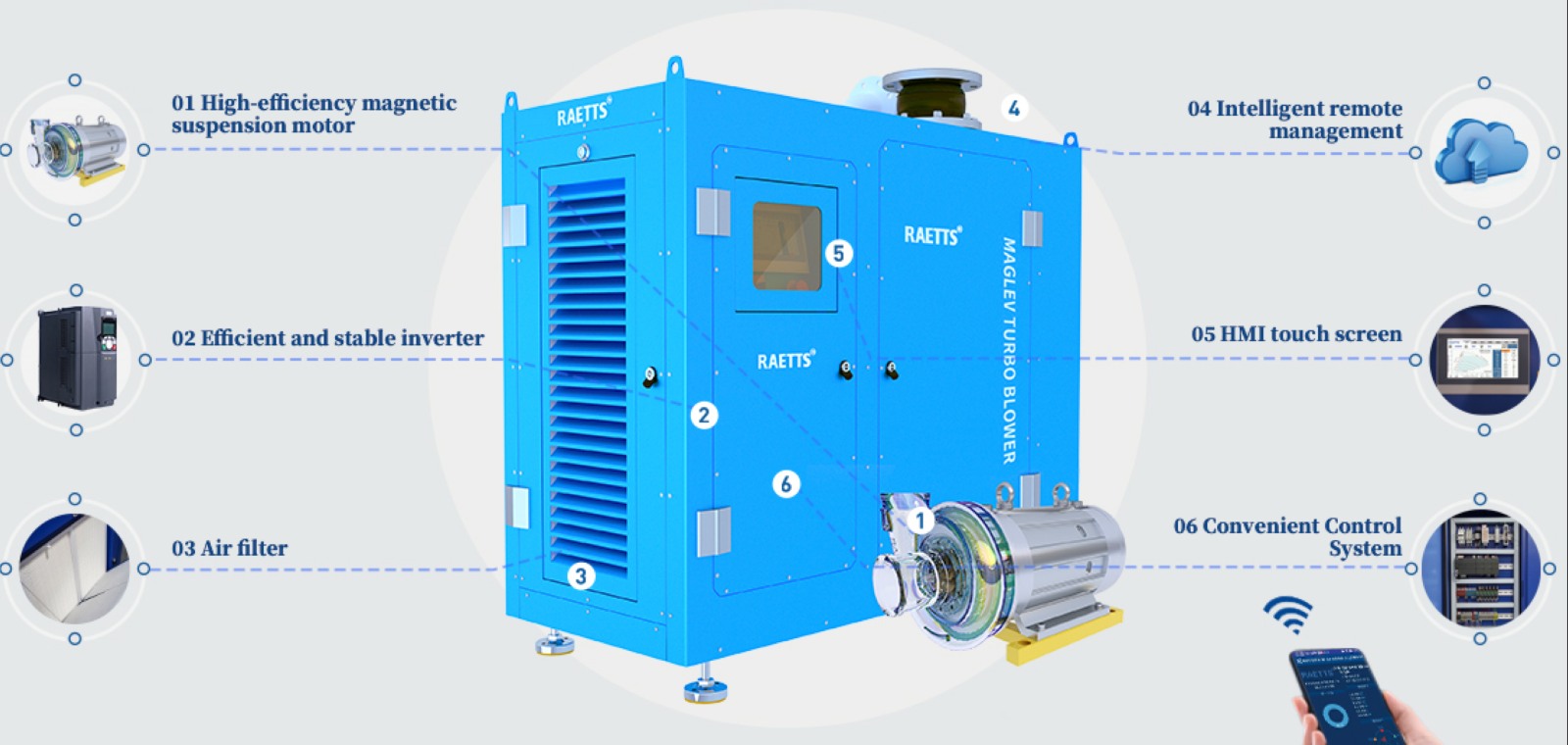
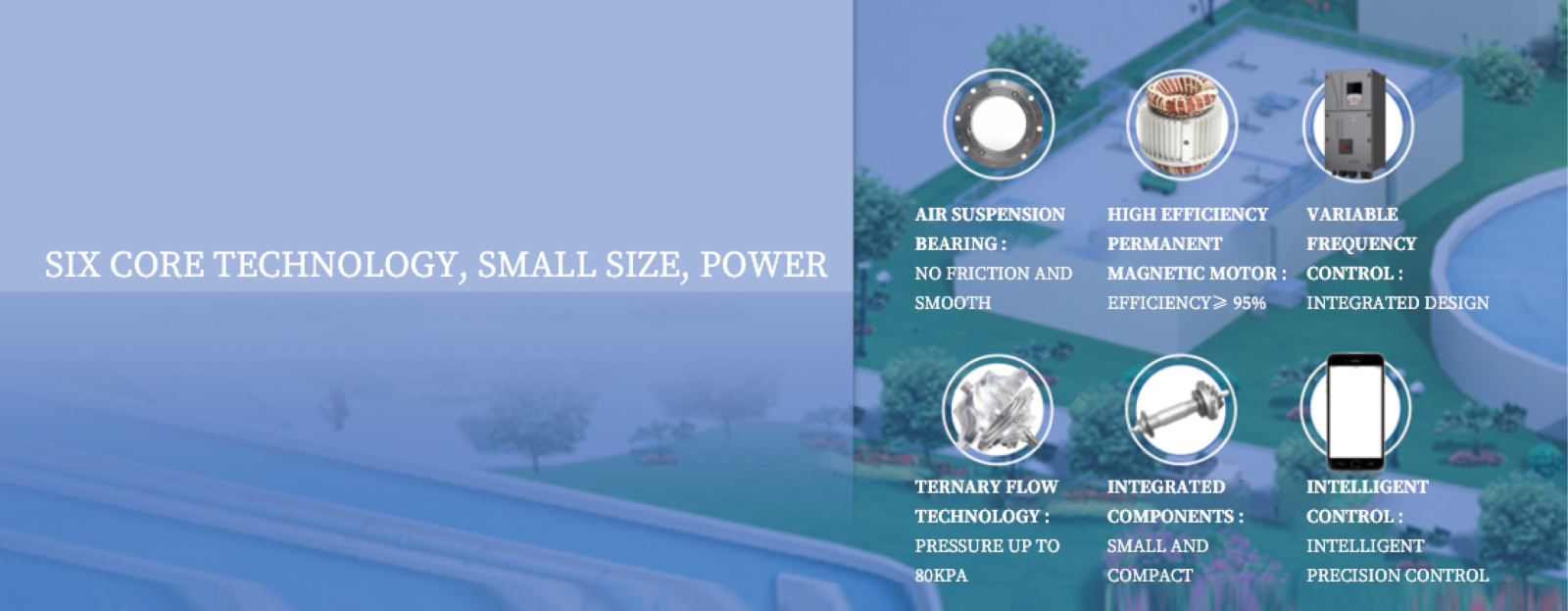
blower for Oxygen Wastewater Treatment services FAQs Guide
Are you looking for a quick review guide about blower for Oxygen Wastewater Treatmentservices?
An ultimate FAQ buying guide is available to help you.This guide contains all the information about all the important facts, figures, and various processes regarding blower for Oxygen Wastewater Treatment services.
Let’s continue!
2.About blower for Oxygen Wastewater Treatment production management system
3.About blower for Oxygen Wastewater Treatment warranty
4.How to choose the right blower for Oxygen Wastewater Treatment for your specific needs?
5.Can a Turbo Blower Handle Abrasive or Corrosive Gases?
6.What Measures are in Place for Protecting Against Overloading a Turbo Blower?
7.How Does a Turbo Blower Affected by Changes in Ambient Temperature?
8.About blower for Oxygen Wastewater Treatment raw materials
9.How Does a Turbo Blower Improve Overall System Performance?
10.How Does a Turbo Blower Handle Varying Inlet Conditions?
11.About blower for Oxygen Wastewater Treatment R&D capabilities
12.Can a Turbo Blower Be Operated Remotely?
1.About blower for Oxygen Wastewater Treatment MOQ
Normally our MOQ for air blower is 1 set
2.About blower for Oxygen Wastewater Treatment production management system
RAETTS use 6S system to manage the production,we also have enviromental management system certificate ISO14001:2015 and occupational health and safety management ISO45001:2018
3.About blower for Oxygen Wastewater Treatment warranty
RAETTS warranty time for air bearing blower and maglev turbo blower is 24months,for high speed centrifugal blower is 12 months.
4.How to choose the right blower for Oxygen Wastewater Treatment for your specific needs?
General speaking,we will do model selection of air blower according to customer’s required air flow,air pressure,application,installation altitude,suction media.
5.Can a Turbo Blower Handle Abrasive or Corrosive Gases?
We have established a good reputation and reliable partnerships within the blower for Oxygen Wastewater Treatment industry.
It depends on the specific design and materials used in the turbo blower. Some turbo blowers are designed to handle abrasive or corrosive gases, while others may not be suitable for these types of gases. It is important to consult the manufacturer’s specifications and recommendations before using a turbo blower with abrasive or corrosive gases. Additionally, regular maintenance and proper cleaning may be necessary to ensure the longevity and performance of the turbo blower when handling these types of gases.
6.What Measures are in Place for Protecting Against Overloading a Turbo Blower?
We continue to improve blower for Oxygen Wastewater Treatment products and processes to improve efficiency.
1. Design and Engineering: Turbo blowers are designed and engineered to withstand a certain amount of load and stress. The design includes factors such as material strength, bearing capacity, and rotor dynamics to ensure that the blower can handle the expected load without failure.
2. Load Monitoring: Most turbo blowers are equipped with load monitoring systems that continuously measure the load on the blower. This allows operators to keep track of the load and make adjustments if necessary to prevent overloading.
3. Safety Margins: Turbo blowers are designed with safety margins to account for unexpected increases in load. These safety margins provide a buffer to prevent overloading and protect the blower from damage.
4. Control Systems: Advanced control systems are used to regulate the speed and flow of the blower. These systems can adjust the blower’s output to match the required load, preventing overloading.
5. Vibration Monitoring: Vibration monitoring systems are used to detect any abnormal vibrations in the blower. Excessive vibrations can be an indication of overloading, and the system can automatically shut down the blower to prevent damage.
6. Temperature Monitoring: Turbo blowers generate a lot of heat, and excessive heat can be a sign of overloading. Temperature monitoring systems can detect any abnormal increases in temperature and shut down the blower to prevent damage.
7. Regular Maintenance: Regular maintenance and inspections are crucial for identifying any potential issues that could lead to overloading. This includes checking for wear and tear, lubrication levels, and any other signs of damage.
8. Training and Education: Proper training and education of operators is essential for preventing overloading. Operators should be familiar with the blower’s capabilities and know how to operate it within its limits to avoid overloading.
7.How Does a Turbo Blower Affected by Changes in Ambient Temperature?
We attach importance to the innovation ability and team spirit of employees, have advanced R & D facilities and laboratories, and have a good quality management system.
A turbo blower is a type of centrifugal blower that uses a high-speed impeller to generate air flow. The performance of a turbo blower can be affected by changes in ambient temperature in several ways:
1. Air Density: The density of air decreases as the temperature increases. This means that the same volume of air at a higher temperature will have a lower mass compared to the same volume of air at a lower temperature. As a result, the air entering the turbo blower will have a lower mass, which can affect the blower’s performance.
2. Air Viscosity: The viscosity of air also decreases with an increase in temperature. This means that the air will be less resistant to flow, resulting in a decrease in pressure and flow rate. This can affect the efficiency of the turbo blower, as it may require more power to achieve the desired flow rate.
3. Bearing Temperature: The bearings of a turbo blower can be affected by changes in ambient temperature. If the temperature is too high, it can cause the bearings to overheat, leading to premature wear and failure. On the other hand, if the temperature is too low, the bearings may not reach their optimal operating temperature, resulting in reduced efficiency and increased wear.
4. Motor Performance: The motor that drives the turbo blower can also be affected by changes in ambient temperature. If the temperature is too high, it can cause the motor to overheat, leading to reduced performance and potential damage. Similarly, if the temperature is too low, the motor may not reach its optimal operating temperature, resulting in reduced efficiency and increased wear.
To mitigate the effects of ambient temperature on a turbo blower, it is important to properly size and select the blower for the specific operating conditions. This may include using a larger blower or incorporating a cooling system to maintain optimal operating temperatures. Regular maintenance and monitoring of the blower’s performance can also help identify any issues caused by changes in ambient temperature and address them promptly.
8.About blower for Oxygen Wastewater Treatment raw materials
RAETTS air blower impeller in made of aluminum alloy,enclosure material is carbon steel,rotor material is cast iron.If customers need other special materials,we can also customized according to customers requirements.
9.How Does a Turbo Blower Improve Overall System Performance?
We have a wide range of blower for Oxygen Wastewater Treatment customer groups and establishes long -term cooperative relationships with partners. The countries we provide services include Malaysia,Tuvalu,Saint Helena,Namibia,Solomon Islands,Mayotte,Pitcairn Islands,Aruba.
A turbo blower is a type of centrifugal blower that uses a high-speed impeller to generate air flow. It is commonly used in industrial and municipal applications for a variety of purposes, including aeration, ventilation, and pneumatic conveying.
One of the main ways that a turbo blower improves overall system performance is by providing a higher flow rate and pressure compared to traditional blowers. This is due to the high-speed impeller, which can rotate at speeds of up to 50,000 RPM, creating a more powerful and efficient air flow.
Additionally, turbo blowers are designed to be more energy-efficient than traditional blowers. They use advanced technologies such as variable frequency drives (VFDs) and magnetic bearings to reduce energy consumption and operating costs. This not only saves money but also reduces the carbon footprint of the system.
Another advantage of turbo blowers is their compact size and lightweight design. This makes them easier to install and requires less space, which is especially beneficial in applications where space is limited. The compact design also allows for easier maintenance and reduces the need for frequent repairs.
Furthermore, turbo blowers are known for their quiet operation. The high-speed impeller and advanced technologies used in turbo blowers result in lower noise levels compared to traditional blowers. This is particularly important in applications where noise pollution is a concern.
Overall, the improved performance of a turbo blower translates into better system efficiency, lower operating costs, and reduced environmental impact. This makes it a popular choice for a wide range of industrial and municipal applications.
10.How Does a Turbo Blower Handle Varying Inlet Conditions?
We maintain a certain amount of R&D investment every year and continuously improve operational efficiency to provide better services to our cooperative customers.
A turbo blower is designed to handle varying inlet conditions by adjusting its speed and flow rate to maintain a constant pressure at the outlet. This is achieved through the use of a variable frequency drive (VFD) which controls the speed of the blower motor.
When the inlet conditions change, such as an increase or decrease in air flow or pressure, the VFD will adjust the speed of the blower to maintain a constant pressure at the outlet. This is done by monitoring the pressure at the outlet and adjusting the speed of the blower accordingly.
In addition, turbo blowers are equipped with inlet guide vanes (IGVs) which can be adjusted to control the amount of air entering the blower. This allows the blower to handle varying inlet conditions without overloading the motor or causing damage to the blower.
Furthermore, some turbo blowers are equipped with advanced control systems that can automatically adjust the speed and flow rate based on the inlet conditions, ensuring optimal performance and energy efficiency.
Overall, a turbo blower is able to handle varying inlet conditions by continuously adjusting its speed and flow rate to maintain a constant pressure at the outlet, while also utilizing inlet guide vanes and advanced control systems for optimal performance.
11.About blower for Oxygen Wastewater Treatment R&D capabilities
RAETTS R&D team has more than 20 people,the chief team leader worked for BYD before,and the technique of whole team is supported by Xi’an Jiaotong University.
12.Can a Turbo Blower Be Operated Remotely?
I have a comprehensive after -sales service system, which can pay attention to market trends in time and adjust our strategy in a timely manner.
Yes, a turbo blower can be operated remotely through the use of a remote control system. This system allows the operator to control the speed and other functions of the turbo blower from a distance, without the need to physically be near the blower. This can be useful in situations where the blower is located in a hard-to-reach or hazardous area, or when the operator needs to monitor and adjust the blower from a control room or other remote location. The remote control system typically consists of a control panel, sensors, and a communication system that allows for real-time monitoring and control of the blower.
Tag:Turbo Blower in Water Treatment,air blower for aluminum foil industry,turbo blowers,Magnetic bearing turbo blowers,cement blowers and compressors,blower for pneumatic conveying

